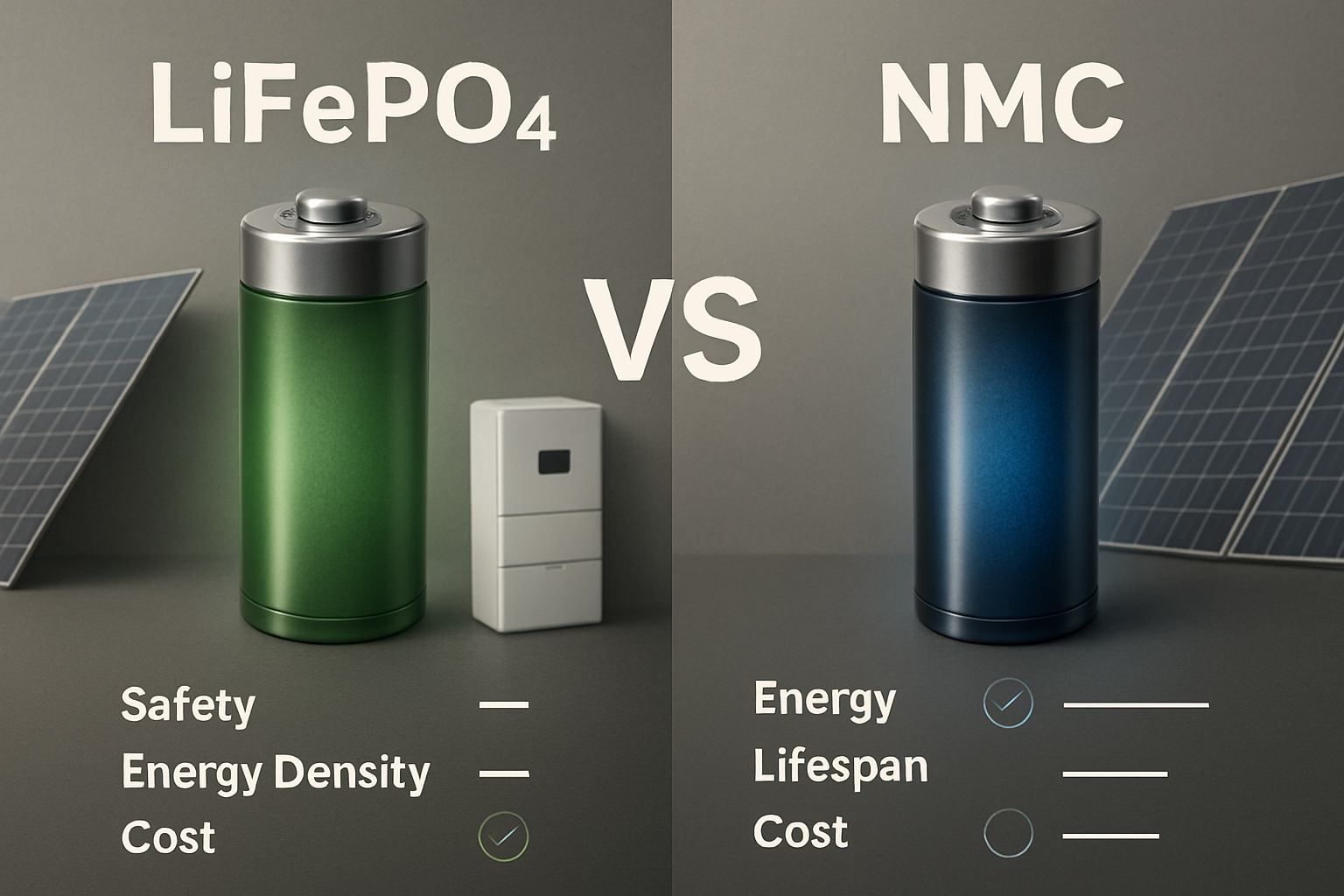Adopting a home battery system brings significant advantages, offering energy independence and a resilient power supply. As more homes integrate these advanced energy solutions, ensuring their safe operation becomes a primary concern. A thorough pre-operation inspection is not merely a formality; it is a critical step that safeguards your property and provides peace of mind. This article outlines nine vital safety checks to perform before activating your residential energy storage system.

1. The Blueprint for Safety: Design and Documentation Review
Verifying System Design and Compliance
Before any power flows, confirm your home battery system's design aligns with your specific energy requirements and all relevant local building codes and electrical regulations. Verify that all components—the battery, inverter, and solar panels—are fully compatible. Referencing manufacturer specifications and certified installer documentation confirms the system's integrity from its foundational design. The industry has seen significant progress in battery energy storage safety, with incident rates for battery storage systems showing a notable decrease over recent years.
Inspecting Physical Installation and Mounting
A meticulous physical inspection ensures correct mounting, secure enclosures, and appropriate spacing. Batteries should rest horizontally on a flat, sturdy surface, never stacked. Stacking can lead to physical damage, hinder heat dissipation, and increase fire risk. Additionally, confirm the system is not accessible to children or vermin, protecting both the system and your household.
2. Electrical Integrity: The Core of a Secure System
Wiring and Connection Verification
Examine all wiring for correct polarity, secure connections, and the absence of exposed conductors. Confirm that wire gauges meet the specified requirements to prevent overheating, which can compromise system performance and safety.
Grounding and Surge Protection Checks
Proper grounding is fundamental for mitigating electrical hazards. Verify that all grounding connections are correctly installed and robust. Additionally, confirm that surge protection devices are in place and correctly wired. These devices are crucial for shielding your system from unexpected power fluctuations and lightning strikes.
Circuit Breaker and Disconnect Switch Functionality
Test all circuit breakers and disconnect switches to ensure they operate correctly. These components are vital for isolating the system from the grid or internal circuits quickly in an emergency, preventing potential damage or hazards.
3. Battery Health and Communication: The Intelligent Heart
Battery Module Inspection and Voltage Checks
Conduct a visual inspection of each battery module for any signs of damage, leaks, or swelling. These can indicate internal issues. Verify that individual battery voltages are within the manufacturer's specified range. Our LiFePO4 batteries are specifically designed for high performance and safety, offering excellent thermal stability that significantly reduces the risk of thermal runaway. LiFePO4 batteries boast a higher thermal runaway temperature, reaching 250-300°C, compared to other lithium-ion types that are typically 120-140°C.
Communication Protocol Verification (BMS)
Confirm that the Battery Management System (BMS) is correctly communicating with the hybrid inverter and other system components. A functional BMS continuously monitors cell voltage, temperature, and current, helping to maintain cells within their safe operating ranges and preventing unexpected failures.
4. Environmental Readiness and Emergency Preparedness
Ventilation and Temperature Management
The installation area requires adequate ventilation to prevent the buildup of gases and manage heat effectively., Ensure the ambient temperature remains within the optimal range for the battery chemistry, typically between 5°C and 20°C for many battery types to ensure longevity and safety., Avoid storing the system near combustible materials.,
Emergency Shutdown Procedures and Fire Safety Measures
Confirm that the emergency shutdown procedure is clearly marked and that you understand how to activate it. Ensure appropriate fire extinguishing equipment is readily available and accessible. Lithium-ion battery fires, while rare, can be severe. The inherent thermal stability of LiFePO4 batteries, which do not release oxygen during combustion, further contributes to reducing fire risk.
Consider the following table for a quick reference on ideal battery storage conditions:
| Aspect | Safety Check | Benefit |
|---|---|---|
| Temperature | Maintain 5°C to 20°C | Prevents battery degradation, reduces thermal runaway risk., |
| Ventilation | Ensure adequate airflow | Prevents gas buildup, dissipates heat., |
| Location | Dry, stable, away from combustibles | Minimizes short-circuit risk, fire prevention., |
| Physical Arrangement | Flat surface, no stacking | Prevents physical damage, allows proper heat dissipation., |
5. The Final Steps: System Activation and Monitoring Setup
Initial Power-Up Sequence
Adhere strictly to the manufacturer's specific power-up sequence. During the initial activation, monitor the system closely for any unusual noises, smells, or performance anomalies. This initial period is critical for identifying potential issues.
Monitoring System Configuration and Testing
Configure and thoroughly test the system's monitoring capabilities. Ensure you receive alerts for any unusual activity or performance issues. Regular monitoring, ideally at least once a month, is crucial for maintaining system health and identifying problems early.
Ensuring Long-Term Energy Independence
Completing these nine safety checks before commissioning your home battery system establishes a secure foundation for its operation. These proactive measures are not just about preventing incidents; they are about ensuring the long-term reliability and efficiency of your residential energy storage. Our company brings years of experience in the solar and energy storage industry, focusing on LiFePO4 battery manufacturing, comprehensive energy storage systems, and integrated ESS development. We provide reliable and scalable energy solutions, including off-grid solar solutions and solar inverters, helping you achieve true energy independence with confidence and safety.





Leave a comment
All comments are moderated before being published.
This site is protected by hCaptcha and the hCaptcha Privacy Policy and Terms of Service apply.